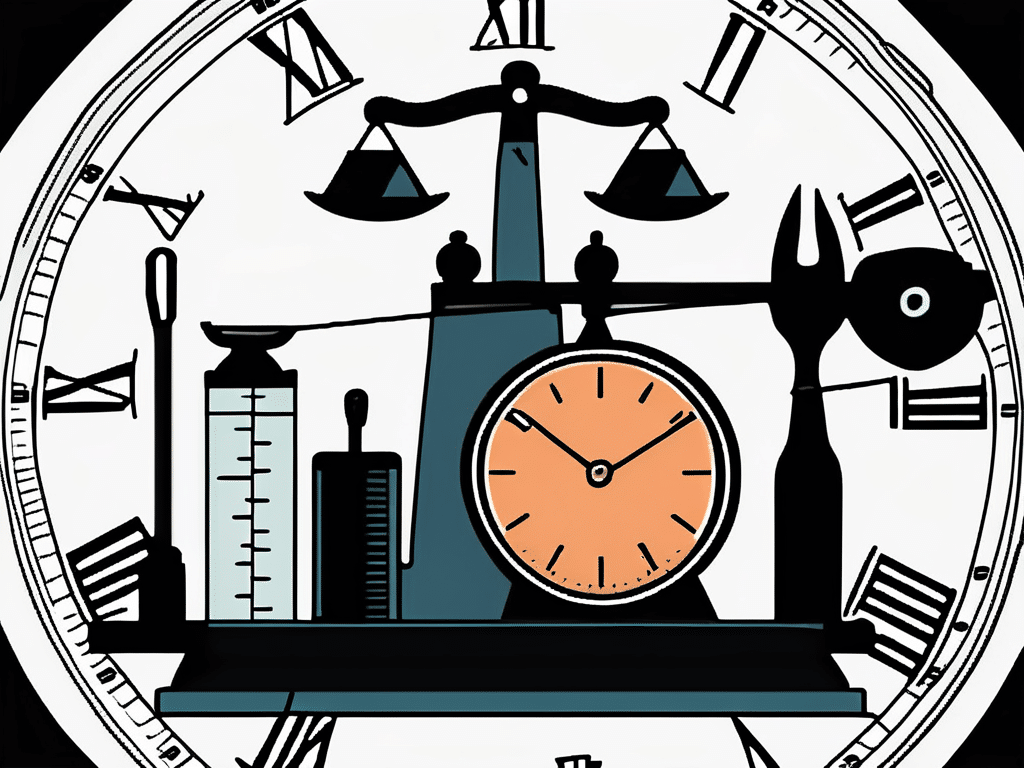In the state of New York, classifying workers as either independent contractors or employees is an important task for employers. Understanding the differences between these two categories is crucial to ensure compliance with employment laws and regulations. This article will outline the basics of employment classification, the legal framework for classification in New York, key differences between independent contractors and employees, the consequences of misclassification, and provide tips for correct classification.
Understanding the Basics of Employment Classification
Defining Independent Contractors
Independent contractors are individuals who are self-employed and provide services to a business on a contract basis. They typically have control over how and when they perform their work. Independent contractors are responsible for their own taxes, benefits, and liability.
Independent contractors often bring professional skills to a project and are hired for a specific task or period of time. They may work with multiple clients simultaneously and have the flexibility to set their own hours and work location. This arrangement allows businesses to access professional service without the long-term commitment of hiring a full-time employee.
Defining Employees
Employees, on the other hand, are individuals who work for a business under an employment relationship. They perform work under the direction and control of the employer, and the employer is responsible for withholding taxes, providing benefits, and ensuring compliance with labor laws.
Employees are integral to the daily operations of a business and often work set hours at a designated location. They receive benefits such as health insurance, paid time off, and retirement plans. Employers have the authority to dictate the tasks employees perform, provide training and resources, and establish workplace policies to govern their behavior.
Legal Framework for Classification in New York
Federal Laws and Regulations
When classifying workers, employers in New York must adhere to federal laws and regulations such as the Fair Labor Standards Act (FLSA). The FLSA establishes minimum wage, overtime pay, and other standards for employment.
Furthermore, the FLSA also requires employers to maintain accurate records of employees’ hours worked, wages paid, and other relevant information. This helps ensure compliance with the law and provides a transparent record of employment practices. Employers must also display official FLSA posters in the workplace to inform employees of their rights under the law.
New York State Laws and Regulations
In addition to federal laws, employers must also consider New York state laws and regulations. New York has specific criteria for determining worker classification, including the “ABC test” which evaluates factors such as control, independence, and whether the work is part of the employer’s usual business.
Moreover, New York state law requires employers to provide written notice to workers detailing their classification as either an employee or an independent contractor. This helps prevent misclassification and ensures that workers are aware of their rights and benefits based on their employment status. Additionally, New York state offers resources and guidance to help employers understand and comply with classification laws, promoting fair labor practices across industries.
Key Differences Between Independent Contractors and Employees
Control Over Work
One key difference between independent contractors and employees is the level of control exerted by the employer. Independent contractors have more autonomy in performing their work and can often choose how to achieve the desired results. They are typically hired to complete a specific project or task and are free to determine the methods and processes they use to deliver the final product. This flexibility allows independent contractors to work for multiple clients simultaneously and tailor their services to meet individual client needs.

On the other hand, employees are subject to more direct control and supervision by the employer. They are typically expected to follow company policies and procedures, adhere to set work schedules, and report to a specific manager or supervisor. Employees often work exclusively for one employer and are integrated into the day-to-day operations of the business.
Financial Considerations
Financial arrangements also differ between independent contractors and employees. Independent contractors are responsible for their own expenses, such as equipment, tools, and training, and typically invoice the employer for their services based on the terms of their contract. They are considered self-employed and are responsible for paying their own taxes, including self-employment tax.
Employees, on the other hand, receive a regular salary or wage, along with various benefits such as health insurance, paid time off, and retirement plans. Employers are responsible for withholding taxes from employees’ paychecks and contributing to social security and Medicare on their behalf. Additionally, employees may be eligible for unemployment benefits if they are laid off or terminated from their job.
Relationship of the Parties
The nature of the relationship between the worker and the employer is another important factor in determining whether someone is an independent contractor or an employee. Independent contractors are considered to be in a business relationship with the employer, where both parties work together to achieve a specific goal or outcome. Independent contractors have the freedom to negotiate their terms of service, set their prices, and market their services to other potential clients.
On the other hand, employees are part of the employer’s workforce and are integral to the daily operations of the business. They are typically hired for an ongoing, long-term relationship and are expected to follow company policies and procedures. Employees may receive training and guidance from the employer to perform their job duties effectively and are often eligible for promotions and career advancement within the company.
Consequences of Misclassification
Legal Implications
Misclassifying workers can have significant legal implications for employers. If an independent contractor is misclassified as an employee, the employer may be liable for unpaid minimum wages, overtime pay, and other benefits. Additionally, misclassification can lead to claims for discrimination, wrongful termination, or other employment-related disputes.

It is crucial for employers to accurately classify their workers to avoid legal repercussions. Proper classification ensures that workers receive the appropriate benefits and protections based on their employment status. Employers should consult lawyers or human resources professionals to ensure compliance with labor laws and regulations.
Financial Penalties
Employers who misclassify workers may also face financial penalties, such as fines and back taxes. New York State has stepped up enforcement efforts to combat worker misclassification, and employers found in violation may be subject to substantial penalties.
In addition to fines and back taxes, employers may also incur legal fees and court costs if disputes arise from misclassification. These financial burdens can significantly impact a company’s bottom line and reputation. It is essential for employers to conduct regular audits of worker classifications to mitigate the risk of financial penalties and legal consequences.
Tips for Correct Classification
Conduct a Proper Evaluation
When classifying workers, it is important for employers to conduct a thorough evaluation of the working relationship. Consider factors such as control, financial arrangement, and the nature of the work being performed. It is advisable to seek legal advice to ensure compliance with applicable laws and regulations.

Furthermore, when evaluating the classification of workers, it is crucial to delve into the specifics of each individual’s role within the organization. Understanding the nuances of the tasks they perform, the level of supervision required, and the degree of autonomy they have can all impact the classification decision. Employers should also consider the long-term implications of misclassification, including potential audits and penalties.
Seek Legal Advice
Given the complexities of employment classification laws, it is always wise to seek legal advice from an employment attorney or consultant. They can provide guidance specific to your business and help mitigate the risk of misclassification errors.
Moreover, lawyers can assist in developing comprehensive classification policies and procedures tailored to the unique needs of your company. They can also offer training to HR personnel and managers on proper classification techniques, ensuring consistency and accuracy across the organization.
By understanding the basics of employment classification, adhering to the legal framework, recognizing key differences between independent contractors and employees, and implementing correct classification practices, employers in New York can avoid potential legal and financial consequences associated with misclassification


